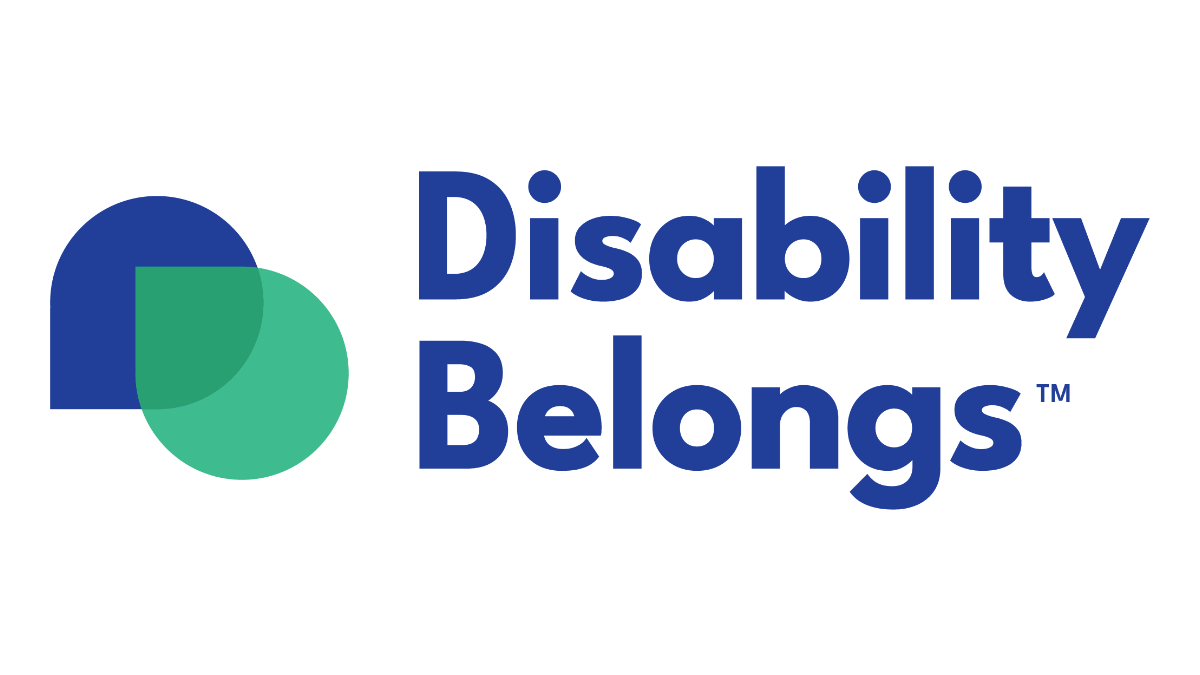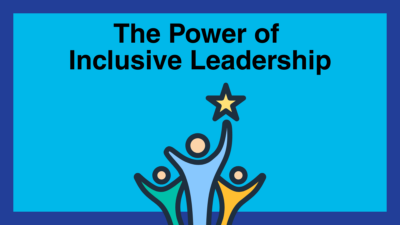 Welcoming disabled individuals into leadership brings fresh perspectives, challenges stereotypes, and deepens the sense of belonging for all. When leadership is truly inclusive, faith communities become more compassionate, equitable, and reflective of the diverse people they serve.
Welcoming disabled individuals into leadership brings fresh perspectives, challenges stereotypes, and deepens the sense of belonging for all. When leadership is truly inclusive, faith communities become more compassionate, equitable, and reflective of the diverse people they serve.
Varied Perspectives and Experiences
People with disabilities bring unique insights shaped by navigating a world not always designed for them. Their experiences often lead to innovative solutions that benefit entire communities. For example, Dr. James Marsters, a deaf orthodontist, co-developed the TTY (text telephone) system and made the first long-distance TTY call in 1964. This technology revolutionized communication for the deaf and hard of hearing, and inspired text messaging which is widely used today. Similarly, disabled faith leaders may help design more inclusive worship services, events, and outreach programs. [continue reading…]


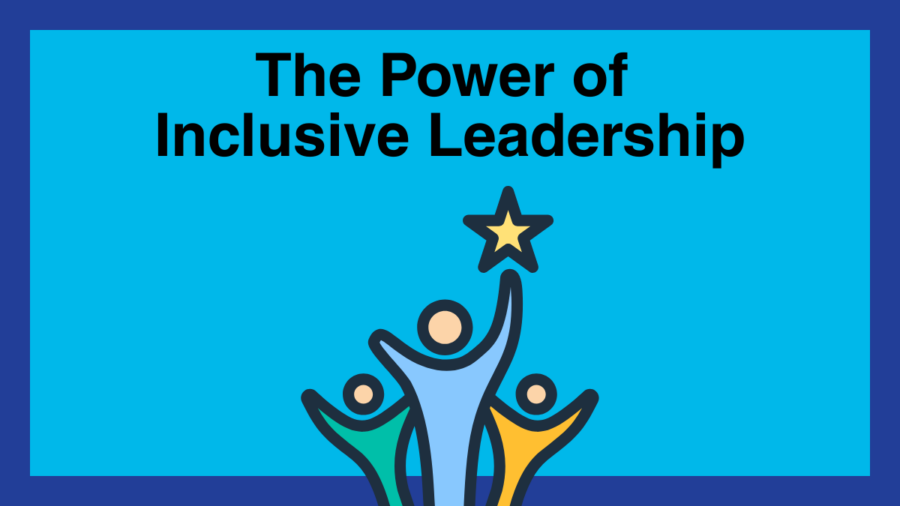
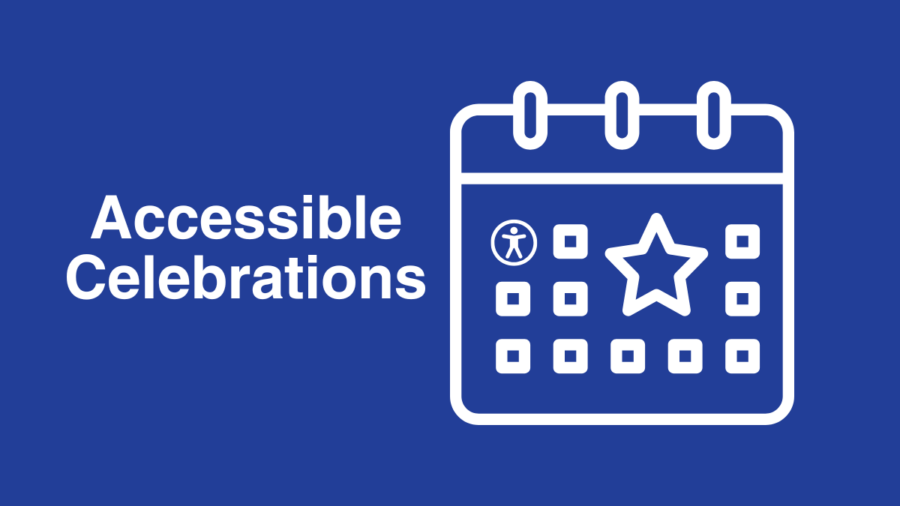
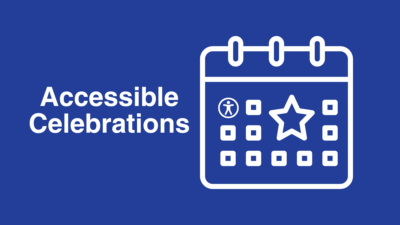 As we begin the spring season, we recognize several important religious observances happening across different faiths. Embracing and accommodating these events within our faith communities fosters inclusivity and respect for all traditions. It’s essential that we create spaces where everyone, regardless of ability, can fully engage in these celebrations.
As we begin the spring season, we recognize several important religious observances happening across different faiths. Embracing and accommodating these events within our faith communities fosters inclusivity and respect for all traditions. It’s essential that we create spaces where everyone, regardless of ability, can fully engage in these celebrations. 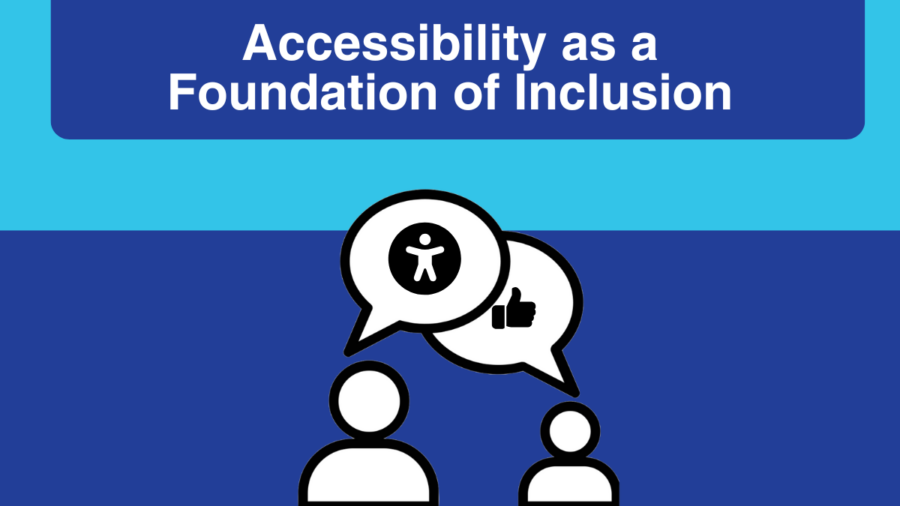
 Accessibility is not just a checklist to tick off; it is an ongoing commitment to ensuring that all members, from every background and belief, feel truly valued and embraced. Every individual, regardless of ability, should have the opportunity to fully engage in worship, rituals, traditions, and community life. Creating and nurturing an accessible faith community is a profound testament to the power of inclusion, the depth of belonging, and the strength of our shared humanity.
Accessibility is not just a checklist to tick off; it is an ongoing commitment to ensuring that all members, from every background and belief, feel truly valued and embraced. Every individual, regardless of ability, should have the opportunity to fully engage in worship, rituals, traditions, and community life. Creating and nurturing an accessible faith community is a profound testament to the power of inclusion, the depth of belonging, and the strength of our shared humanity.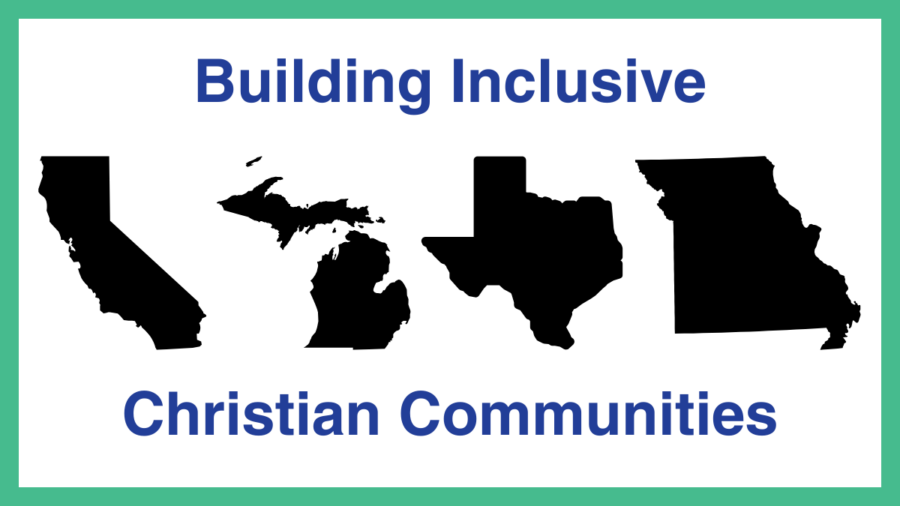
 We are happy to announce the launch of our pilot project Raising Awareness and Advancing Disability Inclusion in the Christian Community, made possible by a generous Vital Worship, Vital Preaching Grant from the Calvin Institute of Christian Worship (CICW), Grand Rapids, Michigan, with funds provided by Lilly Endowment Inc.
We are happy to announce the launch of our pilot project Raising Awareness and Advancing Disability Inclusion in the Christian Community, made possible by a generous Vital Worship, Vital Preaching Grant from the Calvin Institute of Christian Worship (CICW), Grand Rapids, Michigan, with funds provided by Lilly Endowment Inc.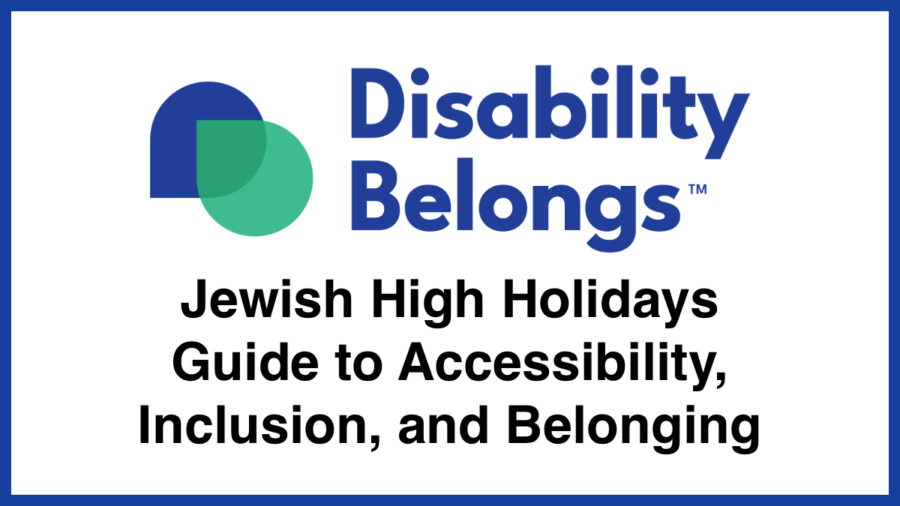

 Every year on the 15th day of the Hebrew month of Nissan (April 22 on the Gregorian calendar this year) Jewish people celebrate Passover. We gather at homes and synagogues for the first of two seders. The Haggadah includes the order of the rituals, blessings, songs, and readings. It even tells when to eat the seder meal.
Every year on the 15th day of the Hebrew month of Nissan (April 22 on the Gregorian calendar this year) Jewish people celebrate Passover. We gather at homes and synagogues for the first of two seders. The Haggadah includes the order of the rituals, blessings, songs, and readings. It even tells when to eat the seder meal.
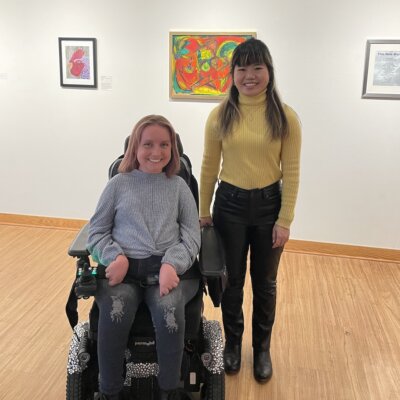
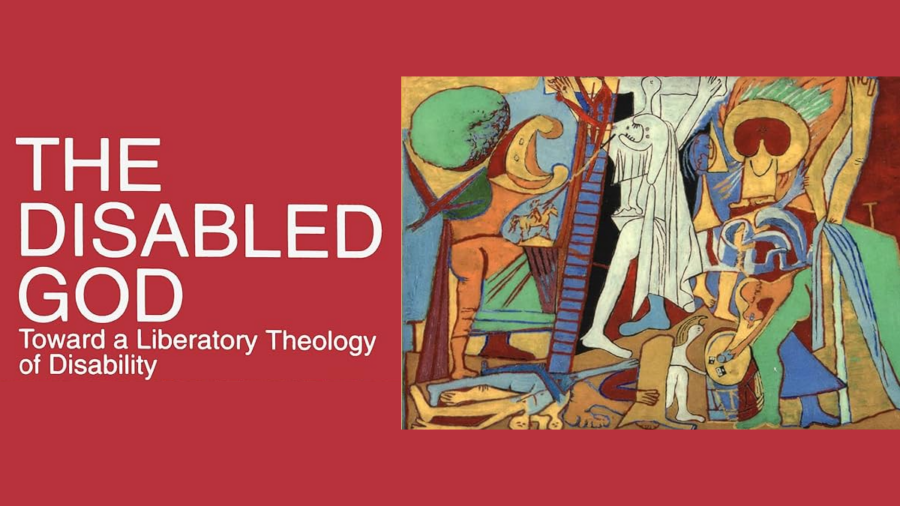
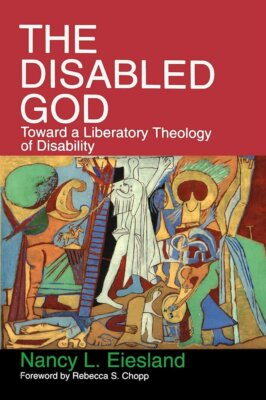
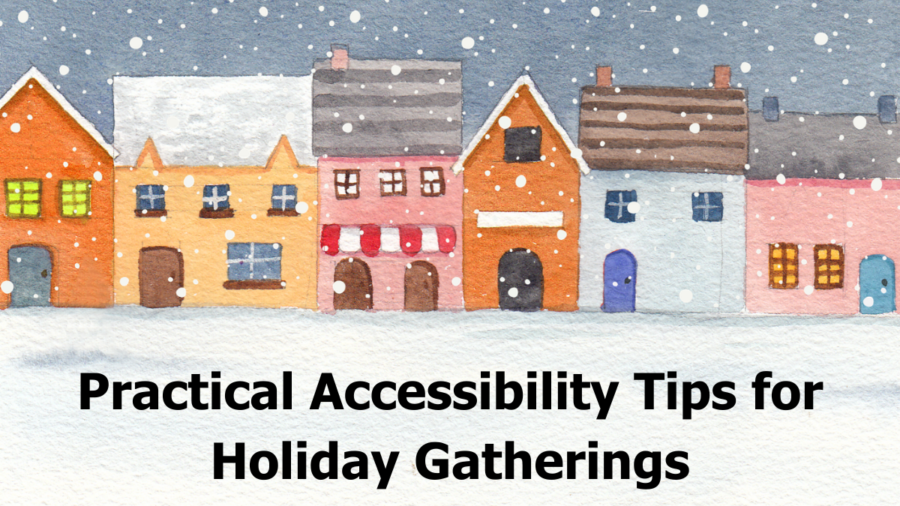
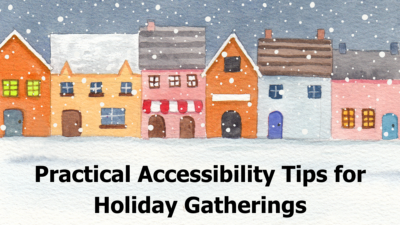 The holiday season is right around the corner, meaning we must start preparing ways to make it fun and accessible for all. The best way to make it enjoyable for everyone is to ensure everyone who attends the holiday celebration is included!
The holiday season is right around the corner, meaning we must start preparing ways to make it fun and accessible for all. The best way to make it enjoyable for everyone is to ensure everyone who attends the holiday celebration is included!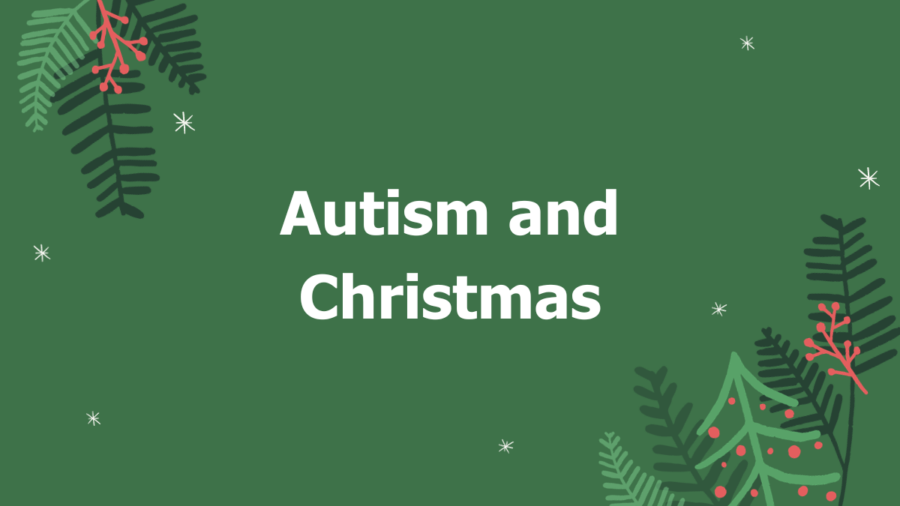
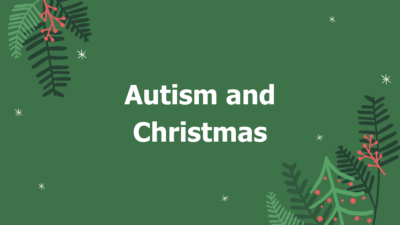 Many holidays are filled with expectations—rules about how to look and act that everyone seems to just know, everyone except for me. At least, this is how I have often felt as a high-masking and late-diagnosed/discovered Autistic person. Christmas has always been one of my favorite holidays, but it has also been one of the most challenging. I was raised Roman Catholic; when the Advent wreath was placed on my church’s altar, I knew that the most wonderful time of the year was finally here! The weeks leading up to Christmas were much better than the holiday itself, but I have only recently begun to understand why the majority of my childhood Christmases ended with me in tears. Growing up, my neurodivergence was undetected and misunderstood. This resulted in a lack of adequate support and accommodations, which made special occasions, like Christmas, especially difficult for me.
Many holidays are filled with expectations—rules about how to look and act that everyone seems to just know, everyone except for me. At least, this is how I have often felt as a high-masking and late-diagnosed/discovered Autistic person. Christmas has always been one of my favorite holidays, but it has also been one of the most challenging. I was raised Roman Catholic; when the Advent wreath was placed on my church’s altar, I knew that the most wonderful time of the year was finally here! The weeks leading up to Christmas were much better than the holiday itself, but I have only recently begun to understand why the majority of my childhood Christmases ended with me in tears. Growing up, my neurodivergence was undetected and misunderstood. This resulted in a lack of adequate support and accommodations, which made special occasions, like Christmas, especially difficult for me. 


